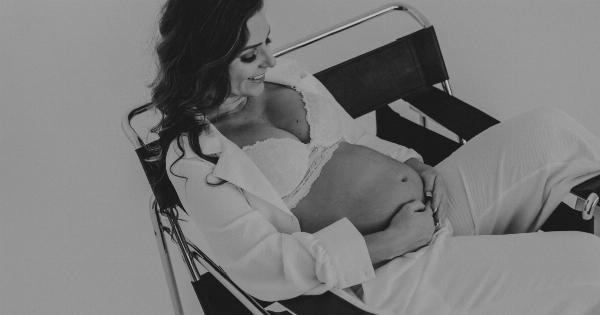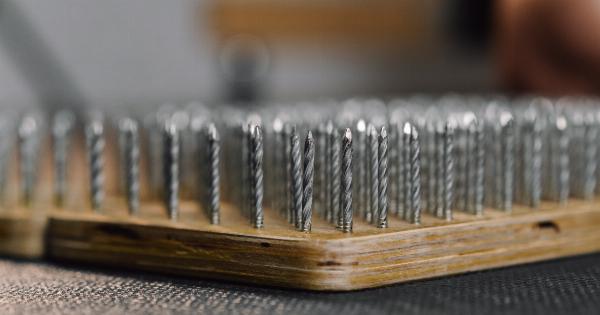In-vitro fertilization (IVF) is a reproductive method used by fertility clinics worldwide to help couples conceive children.
Traditional IVF involves stimulating the woman’s ovaries with hormones, retrieving the eggs, fertilizing them in a laboratory, and then transferring the resulting embryo(s) to the woman’s uterus. This process requires costly medications, invasive procedures, and often results in a low success rate.
However, a newer approach, known as physical cycle IVF, has emerged as a promising alternative by eliminating many of the traditional IVF drawbacks.
Physical cycle IVF involves using a natural, unmedicated cycle with the conversion of retrieved immature oocytes into mature ones and performing fertilization with a “natural selection” in-vitro.
How Physical Cycle IVF Works
Physical cycle IVF works by capitalizing on the woman’s natural menstrual cycle.
Instead of using hormones to increase the number of eggs produced and retrieve them all in one go, physical cycle IVF aims to retrieve only one or two eggs per cycle, replicating the natural process of ovulation. Embryos are formed through natural fertilization, and then only the best embryo is transferred back to the mother’s uterus.
This approach has several advantages over traditional IVF. First, there is no need for expensive hormone medications that are often associated with negative side effects, such as bloating, mood swings, and headaches.
Second, the risk of ovarian hyperstimulation syndrome, a severe complication of traditional IVF, is significantly lower. Third, this method is less invasive since it does not require women to undergo a transvaginal ultrasound or to receive anesthesia for egg retrieval.
Finally, physical cycle IVF is more cost-effective since fewer eggs are retrieved, and less medication is needed.
Physical Cycle IVF Success Rates
Physical cycle IVF has demonstrated comparable success rates to traditional IVF. A study conducted by researchers in the Czech Republic compared the results of physical cycle IVF to a conventional stimulated cycle.
The study concluded that the physical cycle had a lower number of oocytes retrieved but provided similar pregnancy rates and live birth rates per started cycle.
Furthermore, many clinics specializing in physical cycle IVF report higher success rates per transferred embryo compared to traditional IVF.
In physical cycle IVF, only one embryo is transferred after natural fertilization, whereas in traditional IVF, multiple embryos may be transferred, leading to a higher risk of multiple pregnancies.
Who is a Candidate for Physical Cycle IVF?
Physical cycle IVF is ideal for women who want to avoid the use of expensive and potentially harmful hormone medications.
Additionally, women who have poor ovarian reserves or who are at risk of developing ovarian hyperstimulation syndrome may also be good candidates for this method. Physical cycle IVF may also be a good option for couples who prefer a more natural approach to fertility treatment.
Conclusion
Physical cycle IVF is a promising new approach to IVF that has several benefits over traditional IVF.
This method uses the natural cycle of the woman’s reproductive system, negating the need for expensive hormones and reducing the risk of complications. The success rates of physical cycle IVF are comparable to traditional IVF, and it may be a good option for women who prefer a more natural approach or who have previously had unsuccessful IVF cycles.




























